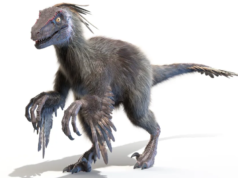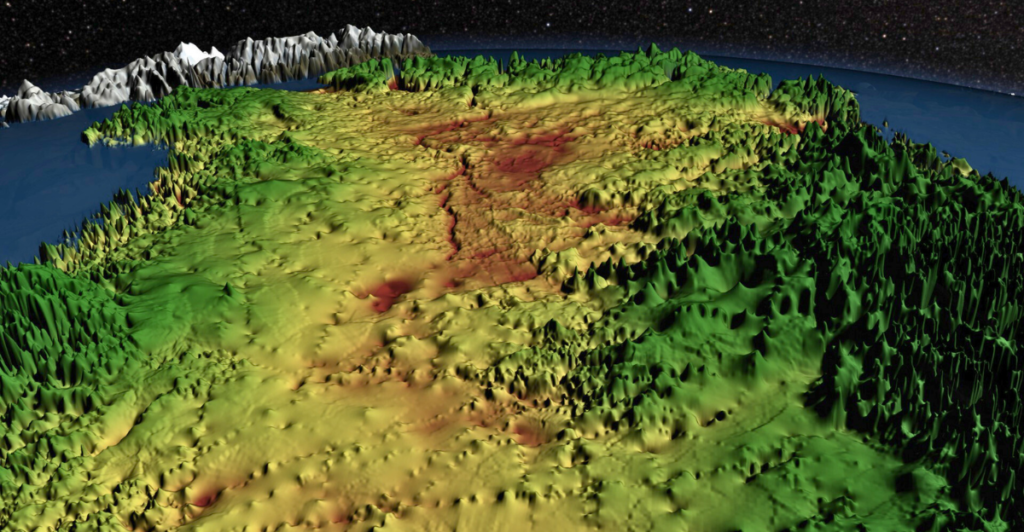
A groundbreaking discovery has unveiled a failed miniature continent beneath the sea between Canada and Greenland. This “proto-microcontinent” lies hidden in the depths of the Davis Strait, offering scientists an unprecedented glimpse into the processes shaping Earth’s tectonic plates. The finding not only unravels the mystery of the region’s unusually thick seafloor but also highlights the complexities of plate movement over millions of years.
The Davis Strait: A Geological Enigma
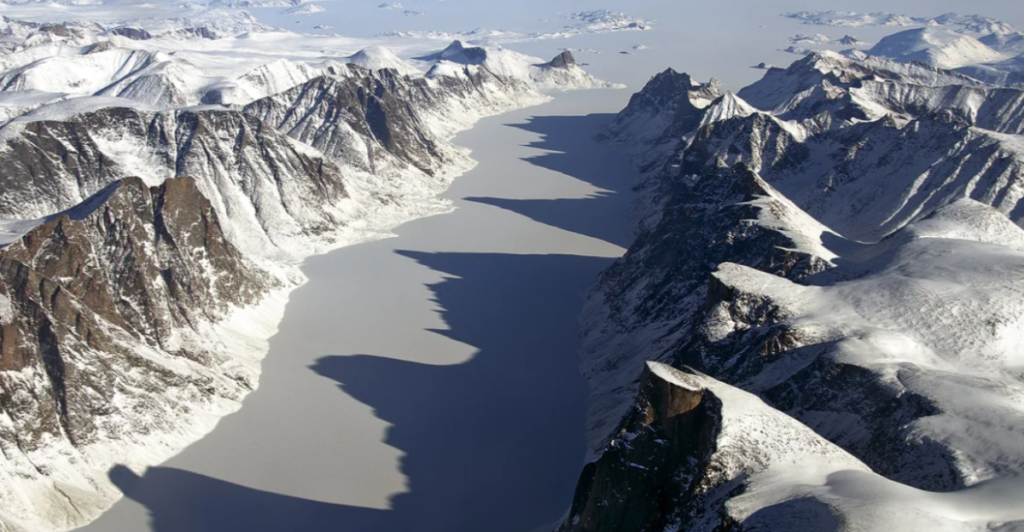
The Davis Strait, spanning 200 to 400 miles wide, connects the Labrador Sea and Baffin Bay. Its unusually thick seafloor has long puzzled scientists. Recent research reveals this feature is due to a remnant of a failed continent that partially detached when Greenland and Canada began rifting apart.
A Continental Puzzle Piece
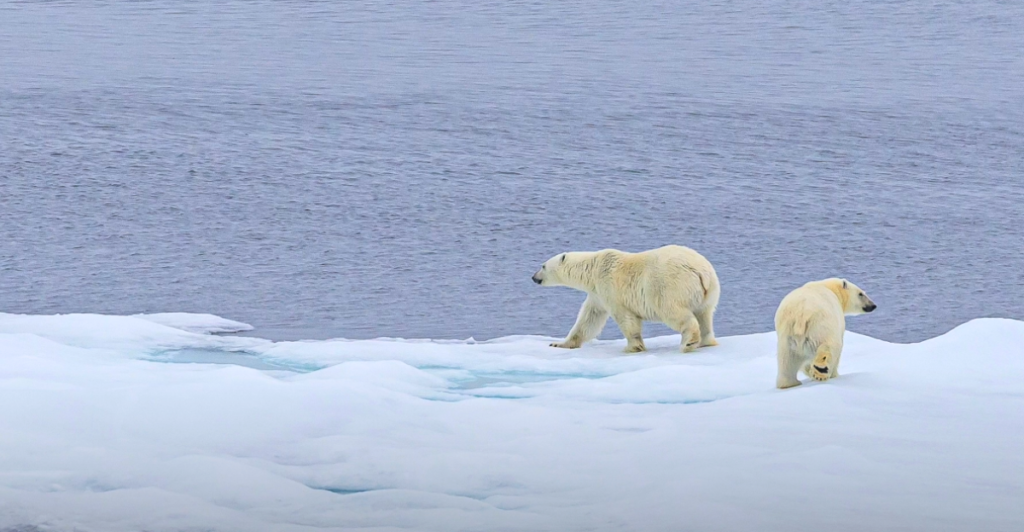
The newly identified proto-microcontinent is a fragment of continental crust that didn’t fully separate. This 12- to 15-mile-thick section is surrounded by thinner continental crust, measuring about 9 to 10.5 miles in thickness. It represents a rare and incomplete example of continental rifting.
The Study: A Deeper Look
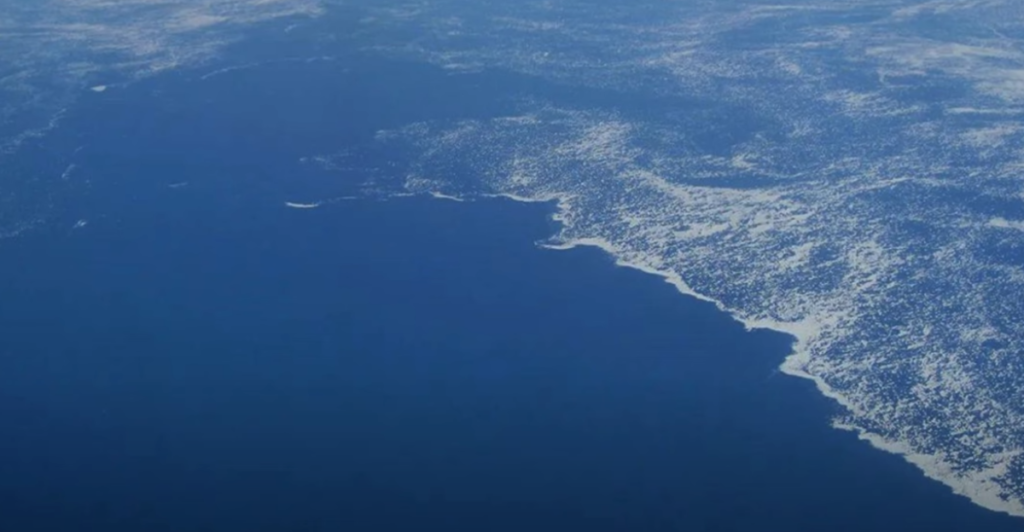
The findings, set to be published in Gondwana Research, offer the most detailed examination of the Davis Strait’s rifting history. The study also identifies an ancient fault resembling California’s San Andreas Fault, which may have guided Greenland’s early movements as it drifted from North America.
Greenland’s Journey Through Time
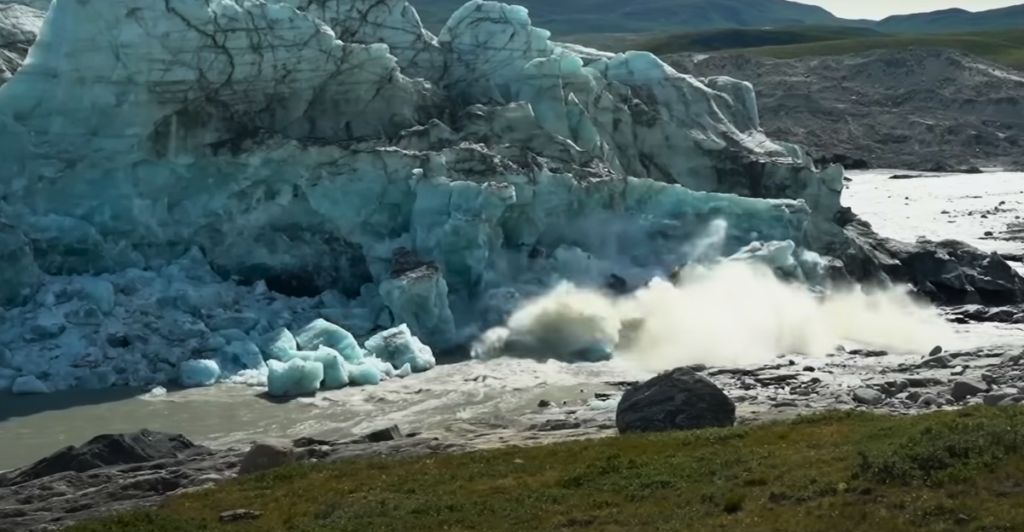
Around 60 million years ago, Greenland began pulling away from North America along a fault named the Pre-Ungava Transform Margin. This geological “guardrail” directed Greenland’s movement northeast before shifting northward when the fault ended 56 million years ago.
Proto-Microcontinents: A Rare Phenomenon
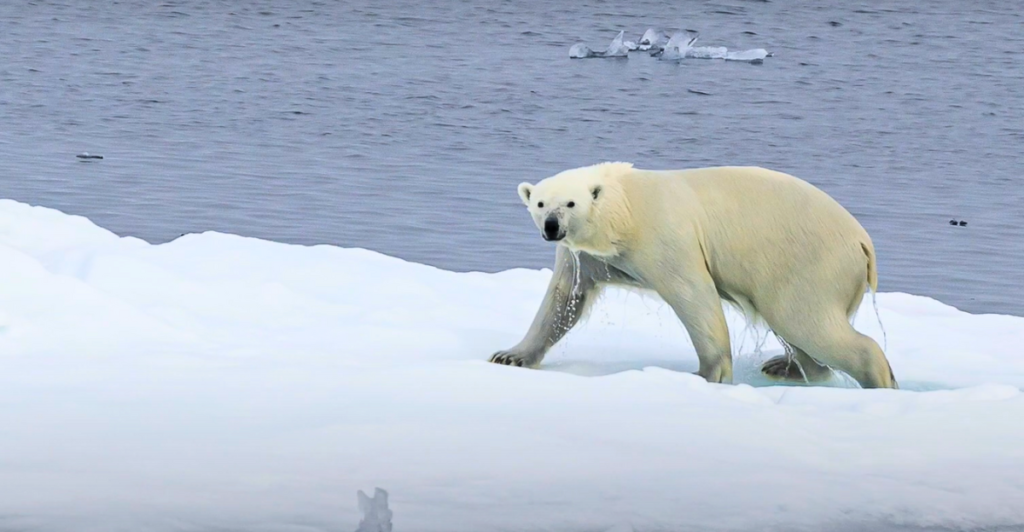
Microcontinents are fragments of crust that break away from larger landmasses. Unlike islands such as Madagascar, the Davis Strait example didn’t fully break free. Its incomplete rifting gives it the “proto” designation, providing unique insights into Earth’s tectonic behavior.
A Snapshot of Plate Tectonics
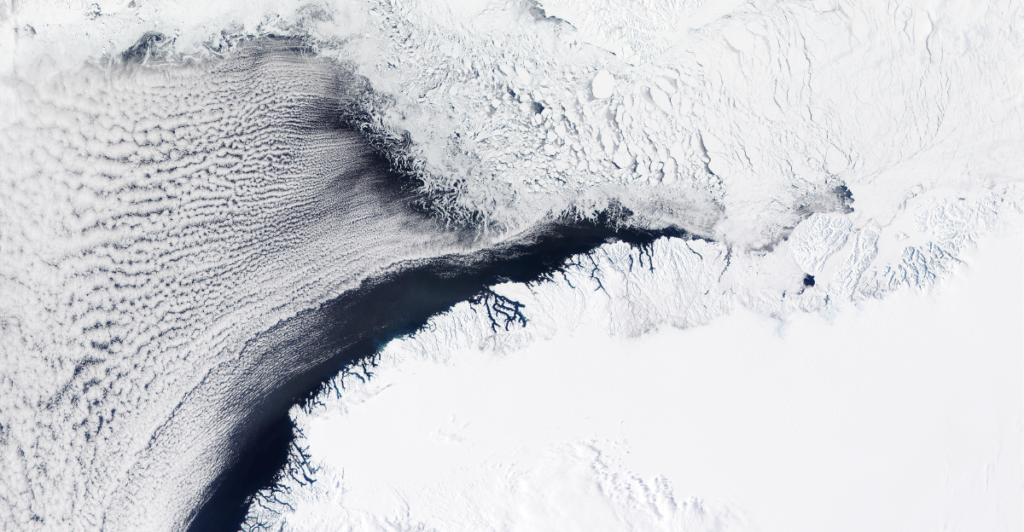
Using satellite gravity data and seismic surveys, researchers reconstructed the Davis Strait’s subterranean structure. Gravity measurements revealed variations in rock density, while seismic data mapped deep rock layers, helping scientists understand how the region evolved over time.
The North American Rift That Never Was
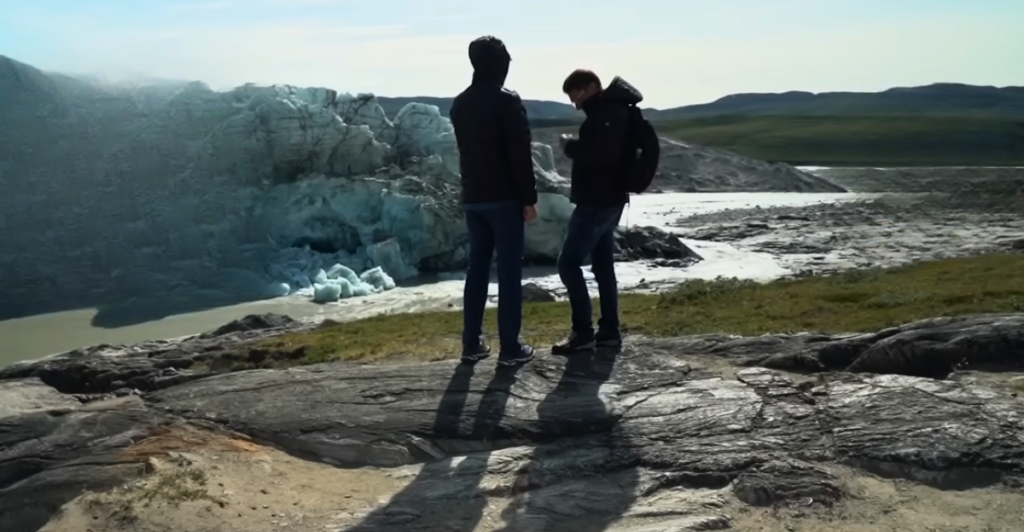
The initial rift between North America and Greenland began 120 million years ago, accelerating around 61 million years ago. By 48 million years ago, the rift process halted as a new fault formed, ceasing the seafloor spreading in the Davis Strait.
A Collision That Changed Everything
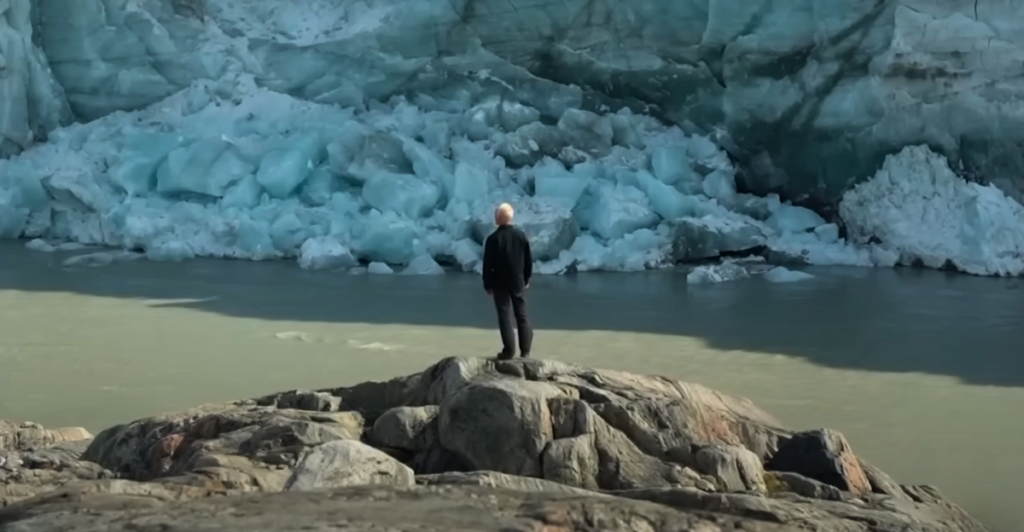
Greenland’s movement slowed significantly after colliding with Ellesmere Island about 33 million years ago. This marked the end of its journey and contributed to the quiet tectonic activity observed in the region today.
The Role of Faults in Plate Tectonics
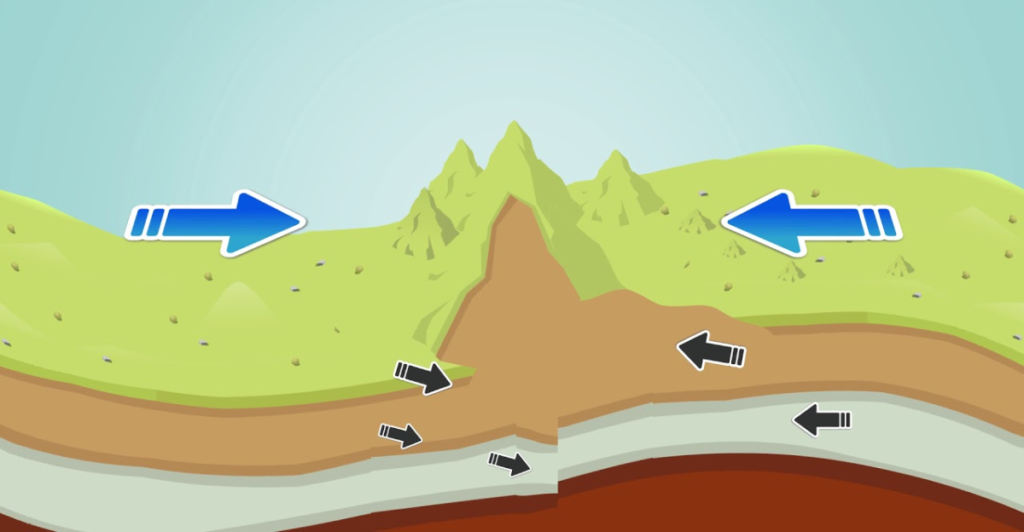
The discovery underscores the importance of surface features like faults in driving tectonic plate movements. While deep-Earth processes are crucial, the lithosphere—the planet’s outer crust—plays a surprisingly influential role, according to study co-author Jordan Phethean.
Implications for Earth Science

This research sheds light on how tectonic plates interact and evolve. Understanding the forces behind these movements helps scientists piece together Earth’s geological history and predict future tectonic behavior.
A Quiet Region with a Dynamic Past

Today, the Davis Strait is geologically calm, with no major earthquakes or rifting activity. However, its history as a failed rift zone and proto-microcontinent offers valuable lessons about Earth’s dynamic crust.
Unlocking Earth’s Secrets Beneath the Waves
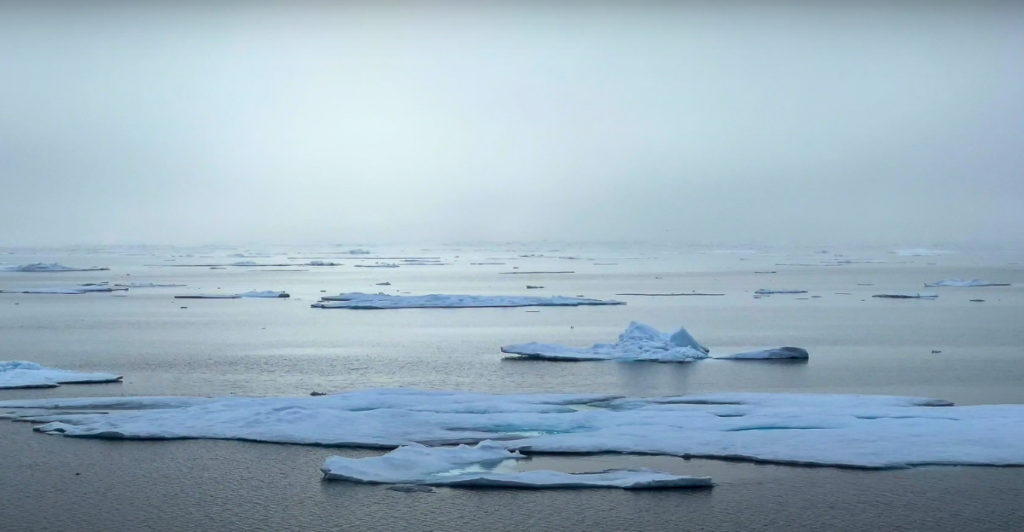
This newfound proto-microcontinent is not just a curiosity; it’s a key to unlocking the mysteries of Earth’s tectonic evolution. By studying this region, scientists continue to deepen their understanding of how our planet’s crust moves, breaks, and reshapes itself over time.
Discover more of our trending stories and follow us to keep them appearing in your feed

Colossal American Impact Crater Found—Three Times Bigger Than the Grand Canyon
Deepest Hole On Earth Permanently Sealed After 2 Billion Year Old Discovery
The Deepest Holes on Earth: Natural and Man-Made Marvels
Scientists Uncover Secret Life Beneath Earth’s Harshest Desert
References:
‘Failed’ microcontinent found hiding beneath Greenland and Canada
The Davis Strait proto-microcontinent: The role of plate tectonic reorganization in continental cleaving
Stay connected with us for more stories like this! Follow us to get the latest updates or hit the Follow button at the top of this article, and let us know what you think by leaving your feedback below. We’d love to hear from you!




